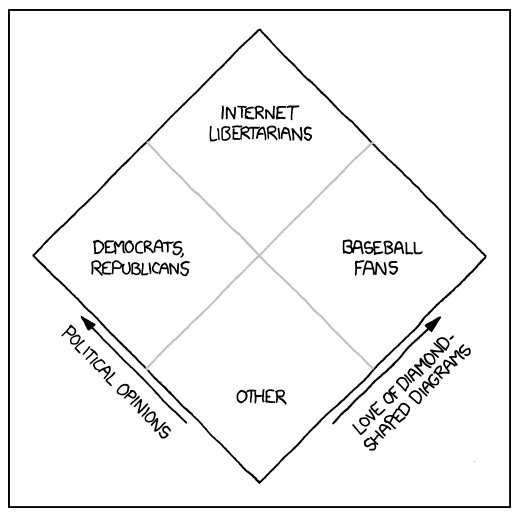John Leyden reports that with all the good things about moving to the vastly larger address space of IPv6, we can expect at least one negative:
The migration towards IPv6, which has been made necessary by the expansion of the internet, will make it harder to filter spam messages, service providers warn.
The current internet protocol, IPv4, has a limited address space which is reaching exhaustion thanks to the fast uptake of internet technology in populous countries such as India and China and the more widespread use of smartphones. IPv6 promises 3.4 x 1038 addresses compared to the paltry 4.3 billion (4.3 x 109) addresses offered by IPv4.
While this expansion allows far more devices to have a unique internet address, it creates a host of problems for security service providers, who have long used databases of known bad IP addresses to maintain blacklists of junk mail cesspools. Spam-filtering technology typically uses these blacklists as one (key component) in a multi-stage junk mail filtering process that also involves examining message contents.
“The primary method for stopping the majority of spam used by email providers is to track bad IP addresses sending email and block them — a process known as IP blacklisting,” explained Stuart Paton, a senior solutions architect at spam-filtering outfit Cloudmark. “With IPv6 this technique will no longer be possible and could mean that email systems would quickly become overloaded if new approaches are not developed to address this.”





